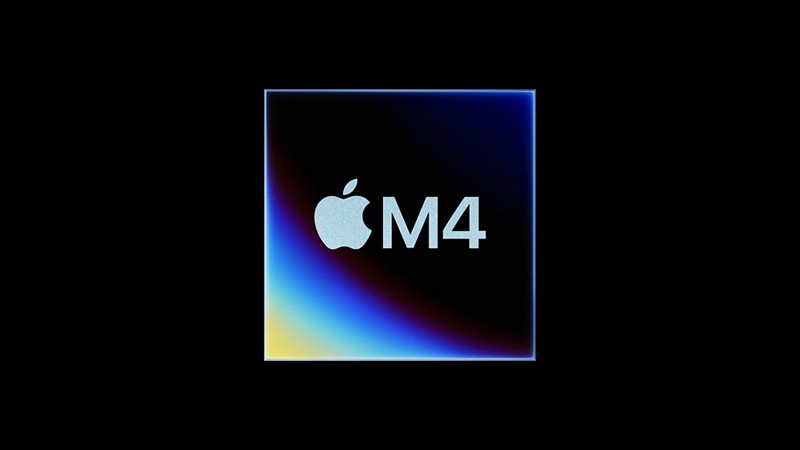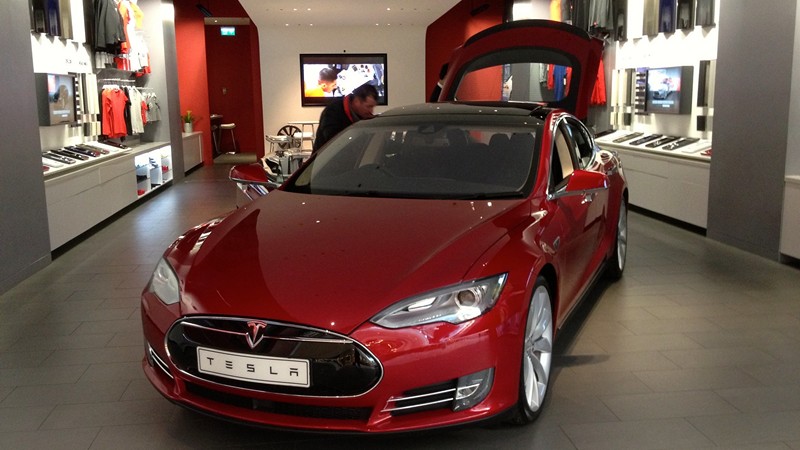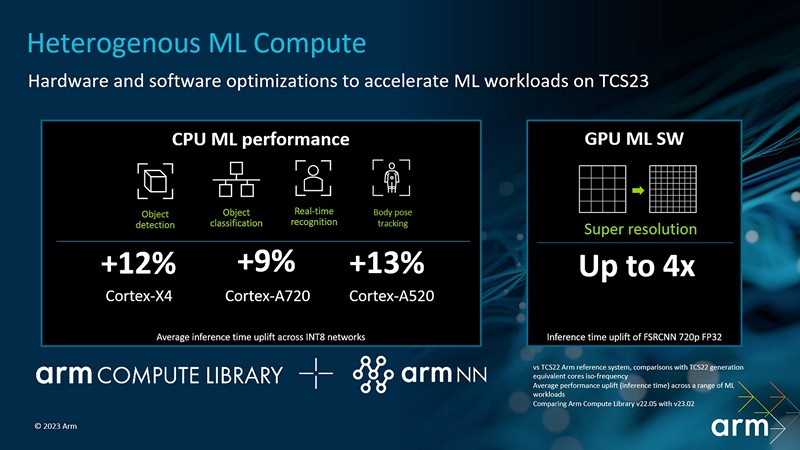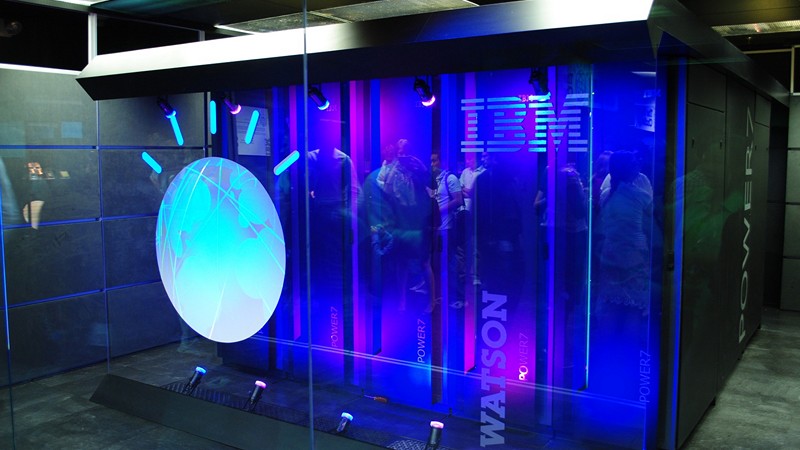
Apple has officially introduced the M4, its latest Apple Silicon chip, designed with a groundbreaking 3 nanometer architecture and a strong focus on AI capabilities. Powering the new generation iPad Pro, the M4 chip boasts a new display engine for enhanced color and brightness on the OLED display, a powerful CPU with up to 10 cores, and a Neural Engine capable of processing 38 trillion operations per second. While Apple highlights the chip’s AI readiness, specific AI features for iPadOS remain undisclosed. With the M4 set to revolutionize Apple devices, how will the enhanced AI capabilities influence user experiences, what potential applications could benefit most from the M4’s advanced Neural Engine, and how might this chip shape the future of Apple’s product lineup beyond the iPad Pro?
Top Stories This Week
- Apple Unveils M4 Chip: The Next Generation of Apple Silicon Built for AI
- Tesla’s Full Self-Driving Trial Shows Only 2% Conversion Rate
- Biden Quadruples Tariffs on Chinese EVs to Boost Domestic Manufacturing
- Arm to Launch AI Chips by 2025: SoftBank’s Latest Venture into Artificial Intelligence
- IBM to Acquire Merge Healthcare Inc. in $1 Billion Deal
- Wearable Tech And Its Potential To Monitor Wegovy Treatment Efficacy
- New Vulnerability in WiFi Standard Allows Attackers to Trick Users into Connecting to Untrusted Networks
- Google Redesigns Search Engine with AI Overviews Revolutionising Search Experience
- Scientists Develop Affordable Sensor for Lead Contamination
- World’s Purest Silicon Paves The Way For Next-Gen Quantum Computers
- Qualcomm, Google Partner To Make RISC-V Chip For Wearable Devices
Hardware Business News
Tesla’s Full Self-Driving Trial Shows Only 2% Conversion Rate

Tesla’s Full Self-Driving package has been a topic of discussion as the company offered a free trial to North American owners, followed by a significant price reduction. Despite these efforts, only about 2% of trial participants ended up purchasing or subscribing to FSD, which raises questions about the perceived value of the system and its pricing. How can Tesla improve the take rate of FSD considering the cautious approach of drivers towards paying for autonomous driving technology, what changes might be necessary to make FSD more appealing and cost-effective for a wider audience, and what impact could the current low conversion rate have on Tesla’s future strategies regarding FSD pricing and marketing?
Biden Quadruples Tariffs on Chinese EVs to Boost Domestic Manufacturing

President Joe Biden’s recent announcement of drastic tariff increases on Chinese electric vehicles and other products aims to bolster domestic manufacturing and address unfair trade practices used by Chinese manufacutrers. As the U.S. seeks to navigate these complex trade dynamics, it raises a number of questions about the potential impacts on global supply chains, the effectiveness of tariffs in promoting fair competition, and the strategies China might employ in response to these measures. How will these tariffs influence the global electric vehicle market and supply chains, what long-term effects might these trade actions have on U.S.-China relations and the broader global economy, and how could China’s potential circumvention efforts impact the effectiveness of the tariffs?
Arm to Launch AI Chips by 2025: SoftBank’s Latest Venture into Artificial Intelligence

SoftBank’s Arm is gearing up to enter the AI chip market, with plans to launch its own AI chips by next year. This move comes as the competition in the AI chip sector intensifies, with Arm aiming to develop a prototype by Spring 2025 and commence mass production by Autumn the same year. With SoftBank Group heavily investing in this venture, partnering with key contractors like Taiwan’s TSMC, the stage is set for Arm to make a significant impact in the AI chip domain. As Arm steps into this new territory, how will the introduction of its AI chips influence the existing market landscape, what unique features or capabilities are expected from Arm’s AI chips compared to competitors, and how might this strategic move by SoftBank reshape the dynamics of the semiconductor industry moving forward?
IBM to Acquire Merge Healthcare Inc. in $1 Billion Deal

IBM’s recent acquisition of Merge Healthcare Inc for $1 billion, integrating it with the Watson supercomputer for medical image analysis, marks a significant advancement in healthcare technology. By combining Merge Healthcare’s imaging platform with Watson’s computing system, IBM aims to enhance data analysis for better patient care. With this strategic move, IBM is strengthening its presence in the healthcare IT sector, leveraging AI for improved diagnostics and treatment outcomes. How will the integration of Merge Healthcare with Watson revolutionize medical image analysis and patient care, what specific benefits can healthcare providers and researchers expect from this collaboration, and how might this acquisition impact the future of AI-driven healthcare technologies?
Hardware Engineering News
Wearable Tech And Its Potential To Monitor Wegovy Treatment Efficacy

Wearable technology is increasingly becoming a valuable tool in monitoring health metrics and treatment efficacy thanks to its ability to measure and log real-time data. By integrating wearables into clinical trials and treatment plans, there is a promising outlook for improved patient outcomes and potentially more accessible medication. How can wearables precisely monitor the efficacy of Wegovy treatment, what specific health metrics can these devices track to assess the drug’s impact, and how might the widespread adoption of wearables in healthcare reshape the landscape of treatment monitoring and patient care?
New Vulnerability in WiFi Standard Allows Attackers to Trick Users into Connecting to Untrusted Networks

Network security researchers have uncovered a critical vulnerability in the IEEE 802.11 WiFi standard, allowing attackers to deceive users into connecting to malicious networks. This flaw affects all operating systems and WiFi clients, posing a significant threat to cybersecurity, with the exploit leveraging the lack of SSID authentication, particularly impacting routers using the latest WPA3 encryption. As the industry grapples with this new challenge, a number of questions arise. How can users protect themselves from falling victim to the SSID Confusion attack, what implications does this vulnerability have for VPN security on trusted networks, and what measures can be taken to address this flaw in the WiFi standard effectively?
Google Redesigns Search Engine with AI Overviews Revolutionising Search Experience

Google has just announced that it is revolutionizing its search engine by integrating AI into every aspect of the search process, from generating summaries to organizing search results. With the introduction of features like AI Overviews, Lens video search, and AI-generated trip itineraries, Google aims to simplify and enhance the search experience for users. How does Google’s Gemini AI model differentiate between complex and straightforward search queries to determine the level of AI assistance needed, in what ways does the combination of the Knowledge Graph and AI contribute to providing more accurate and detailed search results, and how might Google’s AI-driven search engine impact user interaction with the internet and the accessibility of information in the digital age?
Hardware R&D News
Scientists Develop Affordable Sensor for Lead Contamination

Engineers at MIT, in collaboration with Nanyang Technological University and various companies, have developed an affordable and compact sensor for detecting lead concentrations in water. This new technology, if proven, could revolutionize the fight against lead contamination, a global health crisis affecting millions worldwide. By utilizing photonic chips and innovative chemical processes, the sensor can provide rapid and accurate measurements, detecting lead levels as low as one part per billion. How will the widespread adoption of this handheld lead sensor transform water quality testing practices globally, what are the key challenges in transitioning this technology from the lab to practical, user-friendly devices, and in what other applications beyond lead detection could this sensor technology be utilized?
World’s Purest Silicon Paves The Way For Next-Gen Quantum Computers

The University of Manchester and the University of Melbourne have made a significant advancement in quantum computing with the development of ultra-pure silicon, a critical component for scalable quantum computers. This achievement, reminiscent of past scientific milestones, holds the potential to revolutionize technology and address pressing global issues. With the promise of transformative capabilities, how will the world benefit from the scalability of quantum computers using this ultra-pure silicon, what challenges does the sensitivity of qubits pose to quantum computing, and how might this breakthrough impact the future of computing and technological innovation?
Open-Source Hardware News
Qualcomm, Google Partner To Make RISC-V Chip For Wearable Devices

Qualcomm has announced a partnership with Google to develop wearable devices like smartwatches using RISC-V technology, an open-source alternative to Arm Holdings’ proprietary technology. This collaboration aims to bring custom processors with low power and high performance to more products within the Android ecosystem. As U.S. companies continue to advance RISC-V technology, how might this partnership impact the wearable device market and the broader semiconductor industry? What advantages does RISC-V offer over traditional proprietary technologies in terms of flexibility and cost-effectiveness for wearable device manufacturers? How will the commercialization of RISC-V-based wearables by Qualcomm contribute to the evolution of smartwatches and other wearable technologies in the global market?

